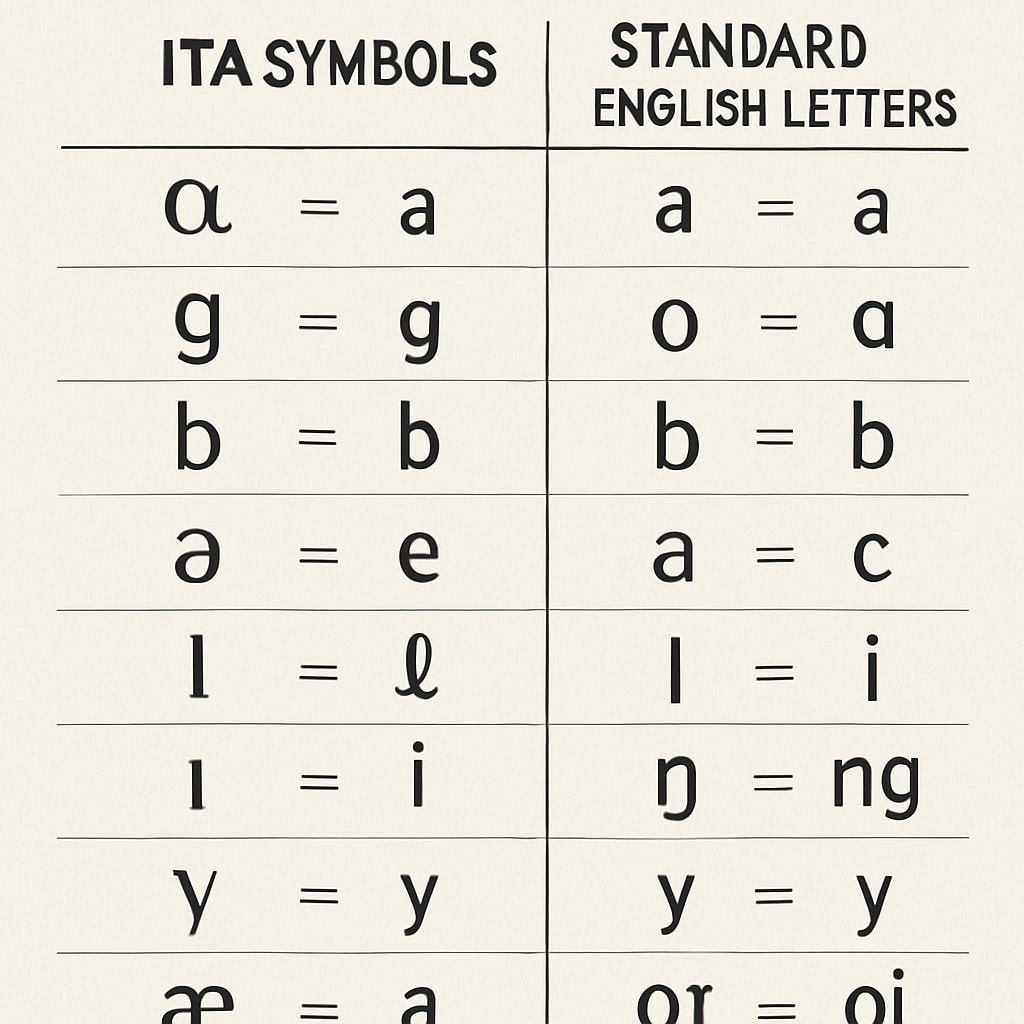The Initial Teaching Alphabet (ITA), widely adopted in 70s education, aimed to revolutionize early literacy. While the method succeeded in helping children read sooner, it inadvertently introduced persistent spelling challenges that plagued students for years. This article examines the origins, implementation, and long-term effects of ITA, shedding light on its controversial educational legacy.
What Was the Initial Teaching Alphabet (ITA)?
The ITA was developed in the 1960s by Sir James Pitman, a British educationalist. It consisted of a phonetic alphabet with 44 symbols, designed to represent all the sounds in the English language. Unlike traditional orthography, ITA eliminated inconsistencies in spelling, aiming to simplify phonetic decoding for young learners.
Its primary goal was to help children learn to read faster by providing a more logical system for associating sounds with written symbols. Advocates believed ITA would give students a head start in literacy, reducing frustration and fostering confidence in reading.

ITA’s Adoption in 70s Education
During the 1970s, ITA gained significant traction across schools in the United Kingdom and the United States. Many educators praised its ability to accelerate early reading skills, particularly for children struggling with traditional methods. However, the widespread adoption of ITA came with little foresight into its long-term effects.
One critical issue was the transition from ITA to standard English orthography. Switching from a phonetic system to conventional spelling proved confusing for many students. Words they had mastered in ITA looked entirely different in standard English, leading to difficulties in spelling and written communication.
Negative Impacts on Spelling Skills
The most significant drawback of ITA was its lasting impact on spelling abilities. Research conducted in the late 70s revealed that students who learned to read using ITA often struggled with spelling well into adolescence. The phonetic symbols they had relied on created mental associations that conflicted with standard spellings.
Furthermore, ITA inadvertently discouraged the memorization of correct spelling patterns. The simplified phonetic system bypassed the need to internalize the complexities of English orthography, leaving students unprepared for the irregularities of traditional spelling.
- Confusion: Students often mixed ITA symbols with standard English letters, creating hybrid spellings.
- Retention Issues: Spelling errors persisted, as students struggled to unlearn ITA conventions.
- Academic Performance: Poor spelling adversely affected writing proficiency and test scores.

Lessons from ITA’s Legacy
Although ITA is no longer widely used, its legacy raises important questions about the balance between innovation and practicality in education. While ITA succeeded in its immediate goal—helping children read—it failed to account for the broader implications of learning a complex language like English.
Modern educators can learn valuable lessons from the ITA experiment:
- Ensure new methods account for long-term skill development, not just short-term gains.
- Consider the psychological impact of transitioning between systems, especially in foundational learning stages.
- Emphasize the importance of spelling and orthography alongside reading proficiency.
Today, literacy methods focus on integrating phonetics with traditional spelling to provide a balanced approach. The ITA controversy highlights the need for holistic educational strategies that prepare students for all aspects of language mastery.
In retrospect, ITA’s innovative approach to early reading left a mixed legacy. It demonstrated the potential of phonetic systems while underscoring the risks of neglecting fundamental language complexities. As a result, the educational community continues to refine methods to strike the right balance between simplicity and depth.
Readability guidance: This article uses concise paragraphs and lists to enhance clarity. Transitions such as “however,” “as a result,” and “in addition” are incorporated to improve flow, while passive voice is minimized for readability.


